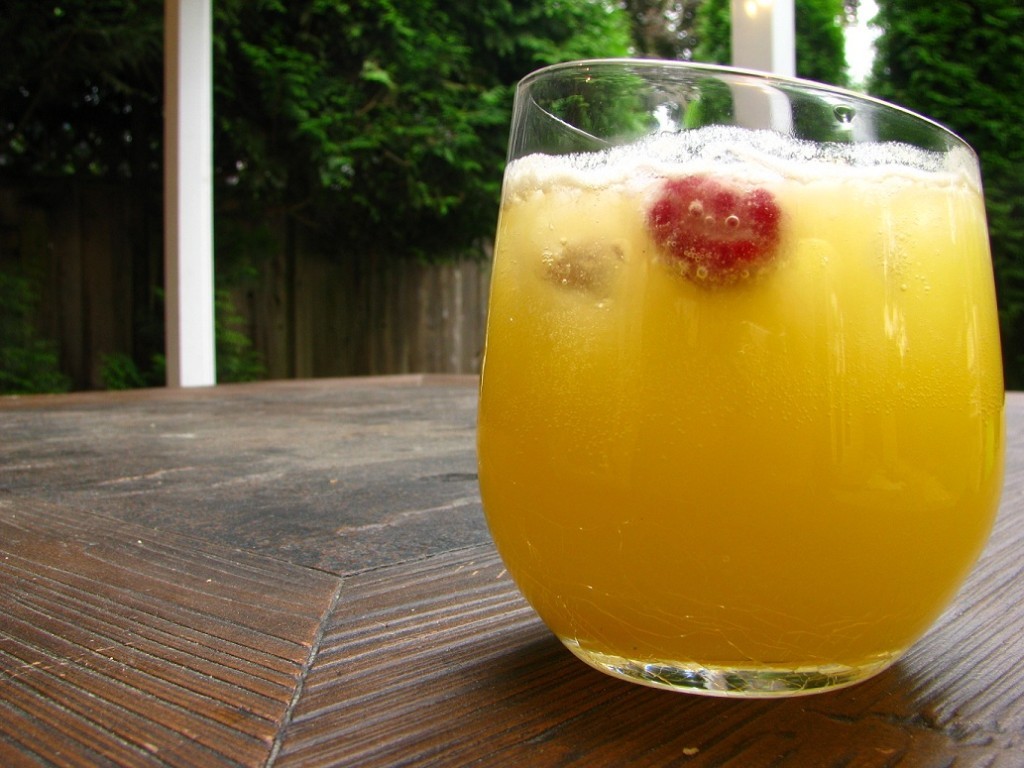Put down that bowl of capers and ketchup: College Cooking provides recipes, ideas, and healthy eating information to help post-secondary students create healthy, unique, and satisfying food for cheap.
By Joel Mackenzie, Staff Writer
Does sugar always sound good, even when you aren’t hungry? Have you tried to cut sugar out of your diet completely, to no avail? Sugar can provide excess calories with little nutritional value. Understanding sugar and our perceptions about it can help one overcome unwanted desires.
Sugar tastes good because humans have, theoretically, evolved to like it. Sugars are very simple forms of carbohydrates, the type of energy most easily converted to glucose, which our cells need to work. As we need glucose, we evolved to enjoy the taste of what provides it the fastest. The problem with sugar is that, in nature, it cannot be found simplified to the point that we currently have it. This means that the simple sugar that we have will taste good, and provide carbohydrates, but will not provide vitamins, minerals, fibre, protein, or anything else that natural sources of sugar, like vegetables and fruits, do. These other components are part of what satisfies our bodies, and tells us when we are full. Without them, the body is confused, and can crave more and more.
[quote style=”boxed”]Also keep in mind that, as mentioned in “Indulge to Battle Bulge” from July’s The Other Press, trying to avoid specific foods will only leave you craving them more. So if you want to, eat sugary foods only during meal times, with foods from the other food groups, and only in small portions.[/quote]
Sugary products are glamorized as craved and delicious by advertising. While they may taste good, they do not necessarily have to be craved. Sugars in candy or other junk food can be replaced by carbohydrates from more natural sources, such as fruits, and vegetables, particularly starchy ones, and will satiate and satisfy you. The only reason cakes, candy, and pop are seen as being more desirable is because they are advertised more often. They’re cheap to make, and can quickly calm a carbohydrate craving, but their flavours are shallow (compare a real peach to a peach candy), and they don’t leave you feeling full without consuming an excess of calories.
The occasional sugary item isn’t necessarily that bad for you, as long as you are conscious of the extra calories it will provide, and the fact that other, healthier options, richer in protein, fibre, vitamins, and minerals, will probably leave you feeling less hungry and more satisfied. Also keep in mind that, as mentioned in “Indulge to Battle Bulge” from July’s The Other Press, trying to avoid specific foods will only leave you craving them more. So if you want to, eat sugary foods only during meal times, with foods from the other food groups, and only in small portions. And, if you really want to, replace sugary junk food with sugary fruits, like mangoes or apples. This should leave you with more satisfaction you want with less useless calories.
Mango Italian Soda
A substitute for soda that is lower in sugar and can have vitamins and fibre from fruit juice is Italian soda. It’s fizzy, creamy, and not excessively sweet, and making your own allows you to control the exact amounts of these elements. Also, it’s freakin’ cheap.
The mango juice could be replaced by 1-2 tbsp of Italian soda syrup, which comes in a variety of flavours, or fruit concentrates like Ribena blackberry or Grenadine, or ¼ cup of any sweet, thick fruit juice or fruit nectar.
Ingredients
¼ cup mango juice $0.13, Western Family
1 tbsp cream or alternative cream $0.05, Dairyland Creamo (500 mL); $0.08, Silk For Coffee (vegan alternative) (473 mL)
crushed ice
1 cup unflavoured carbonated water $0.15, Western Family Club Soda
Total: $0.33 – $0.36. Ikr!
Directions
Mix the mango nectar and cream in a tall glass. Add crushed ice, and slowly add carbonated water. Try garnishing with a fruit slice, raspberries, a cherry, or a sprig of mint.

